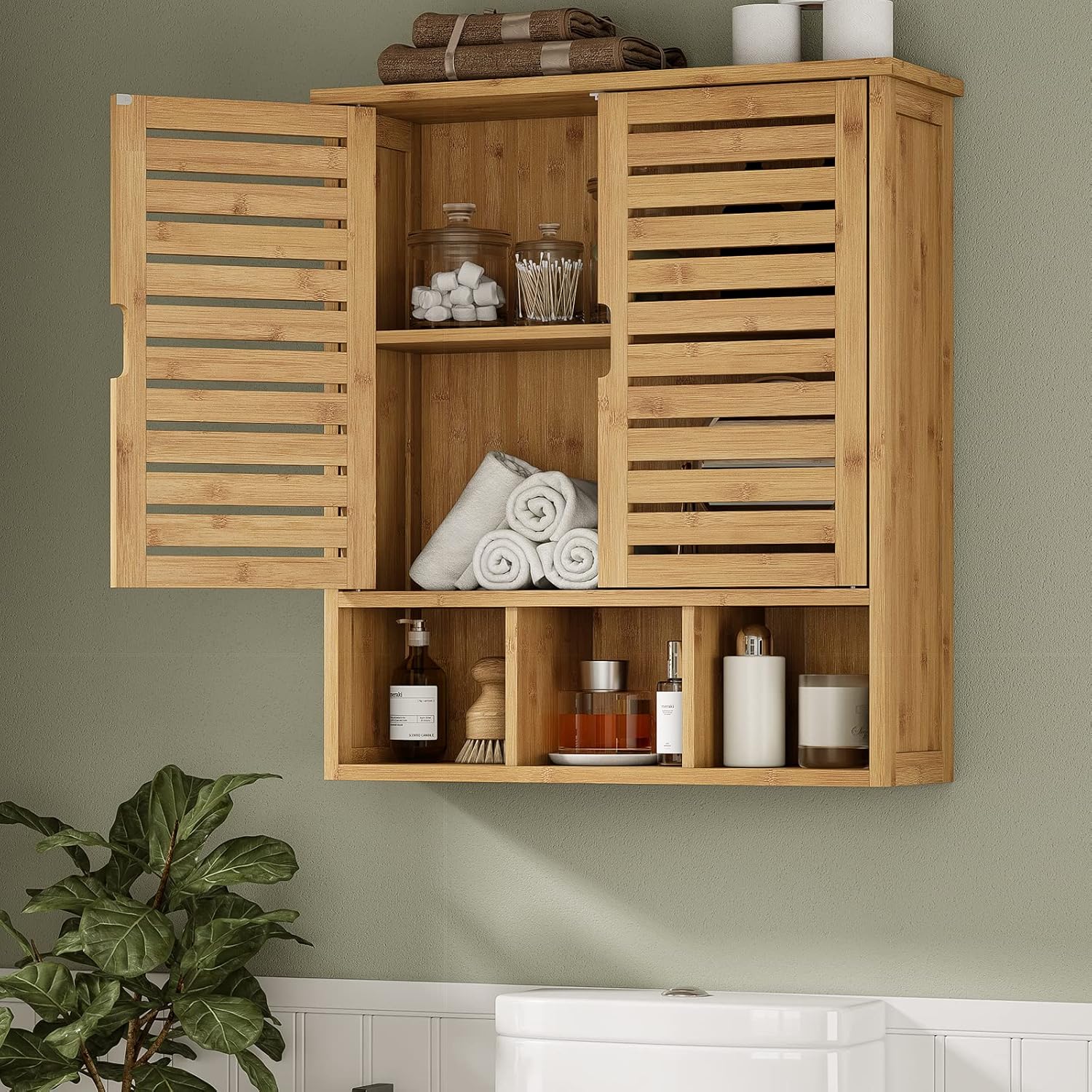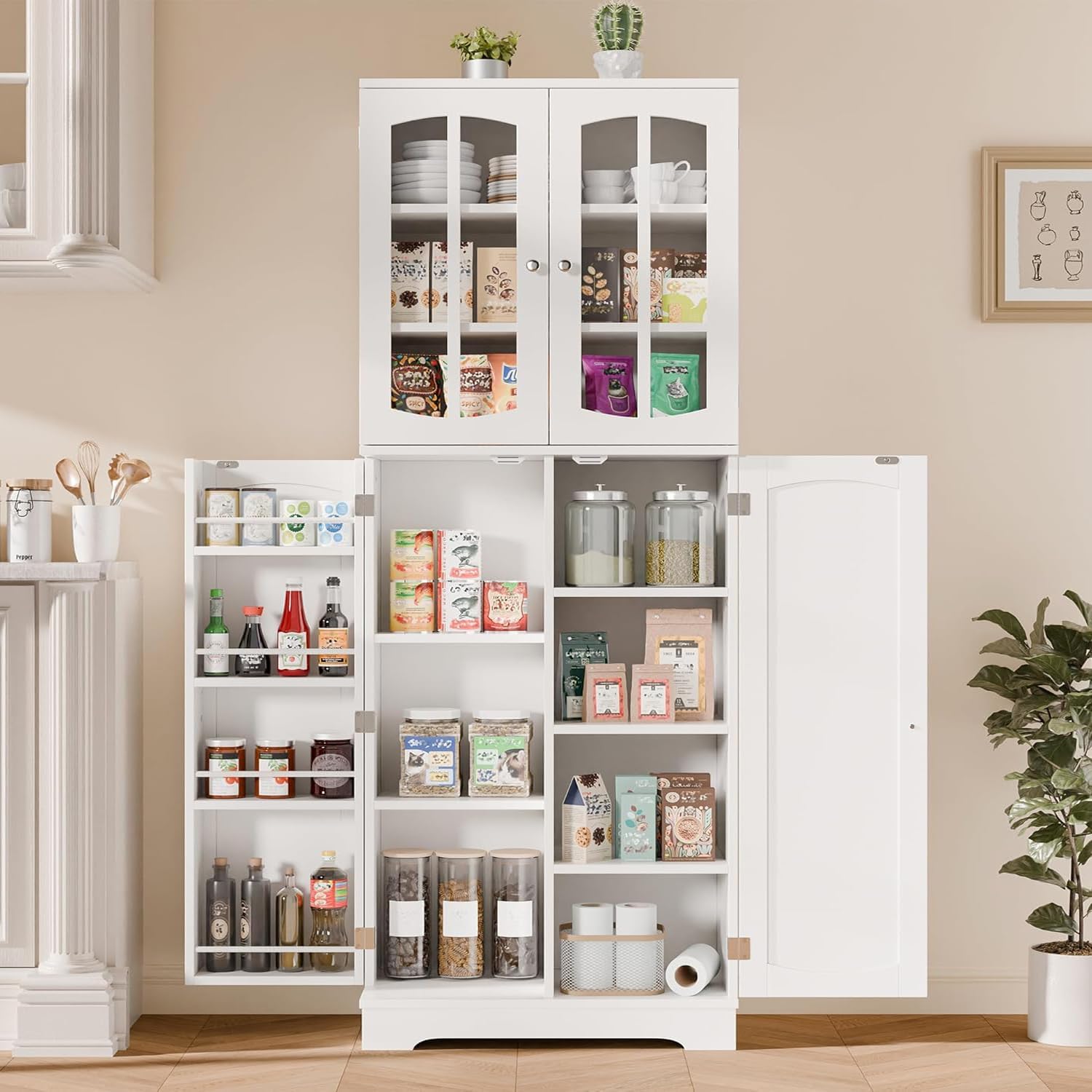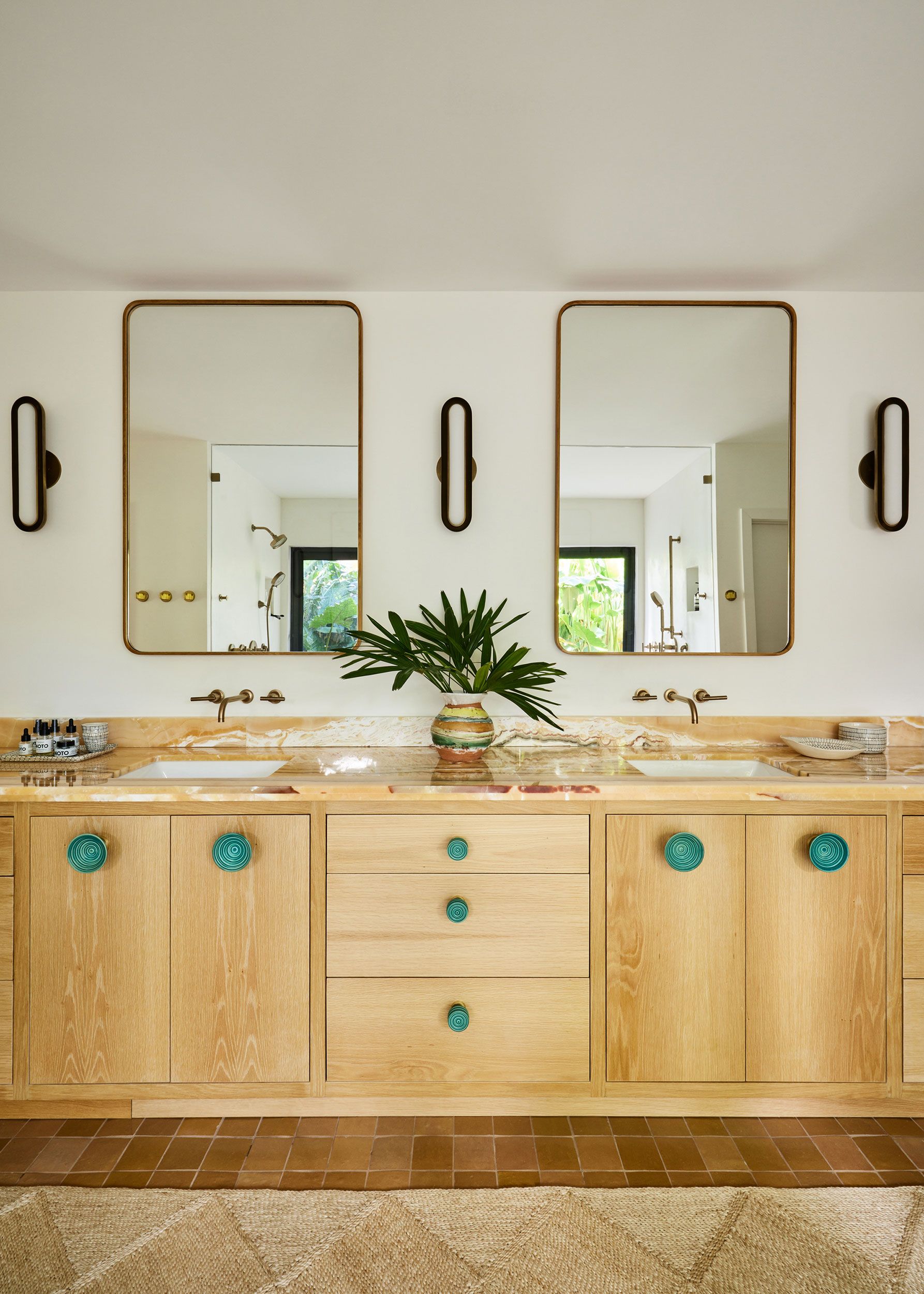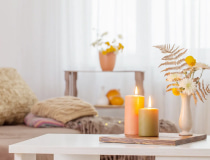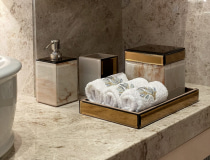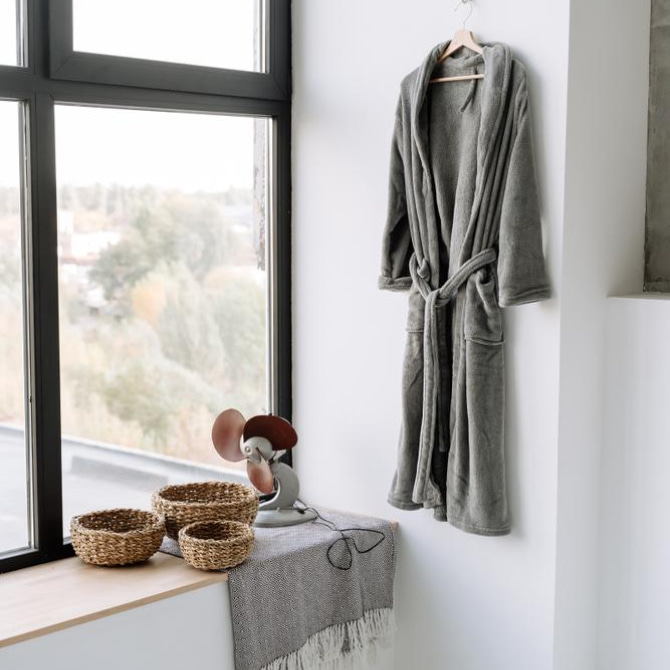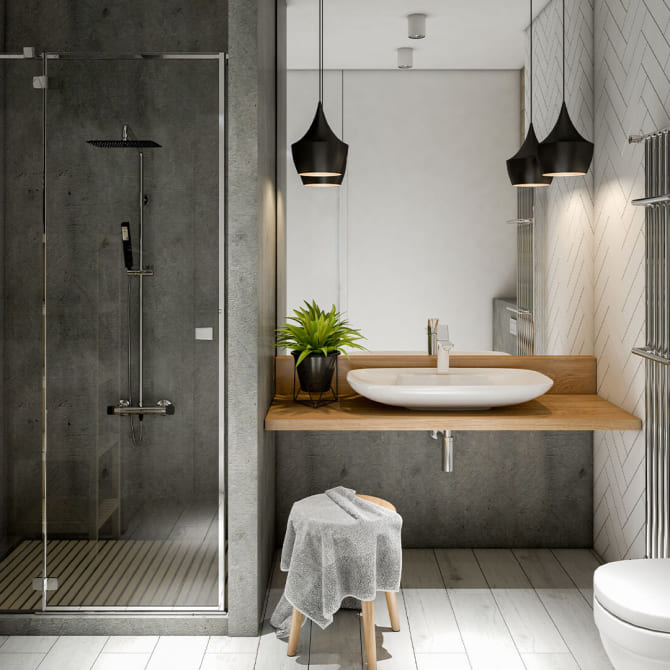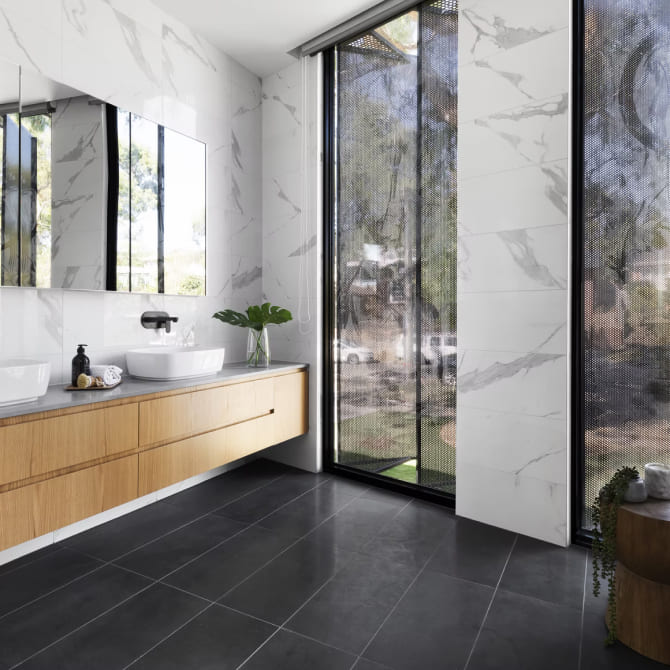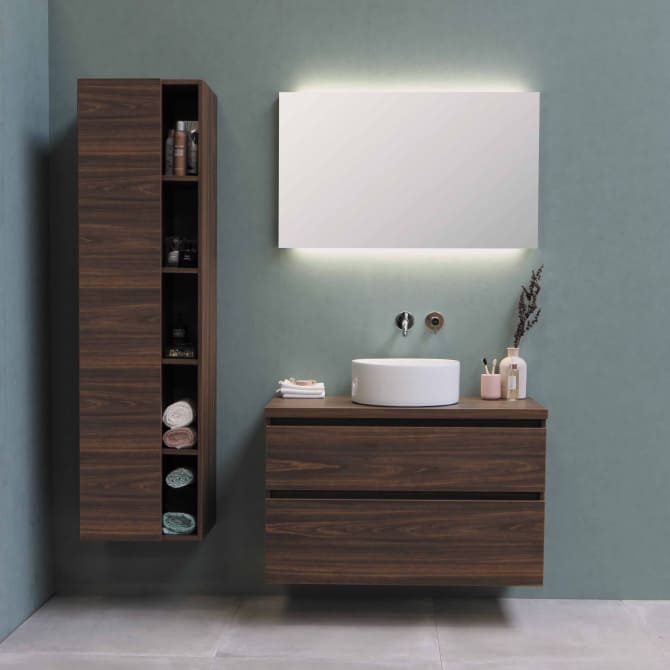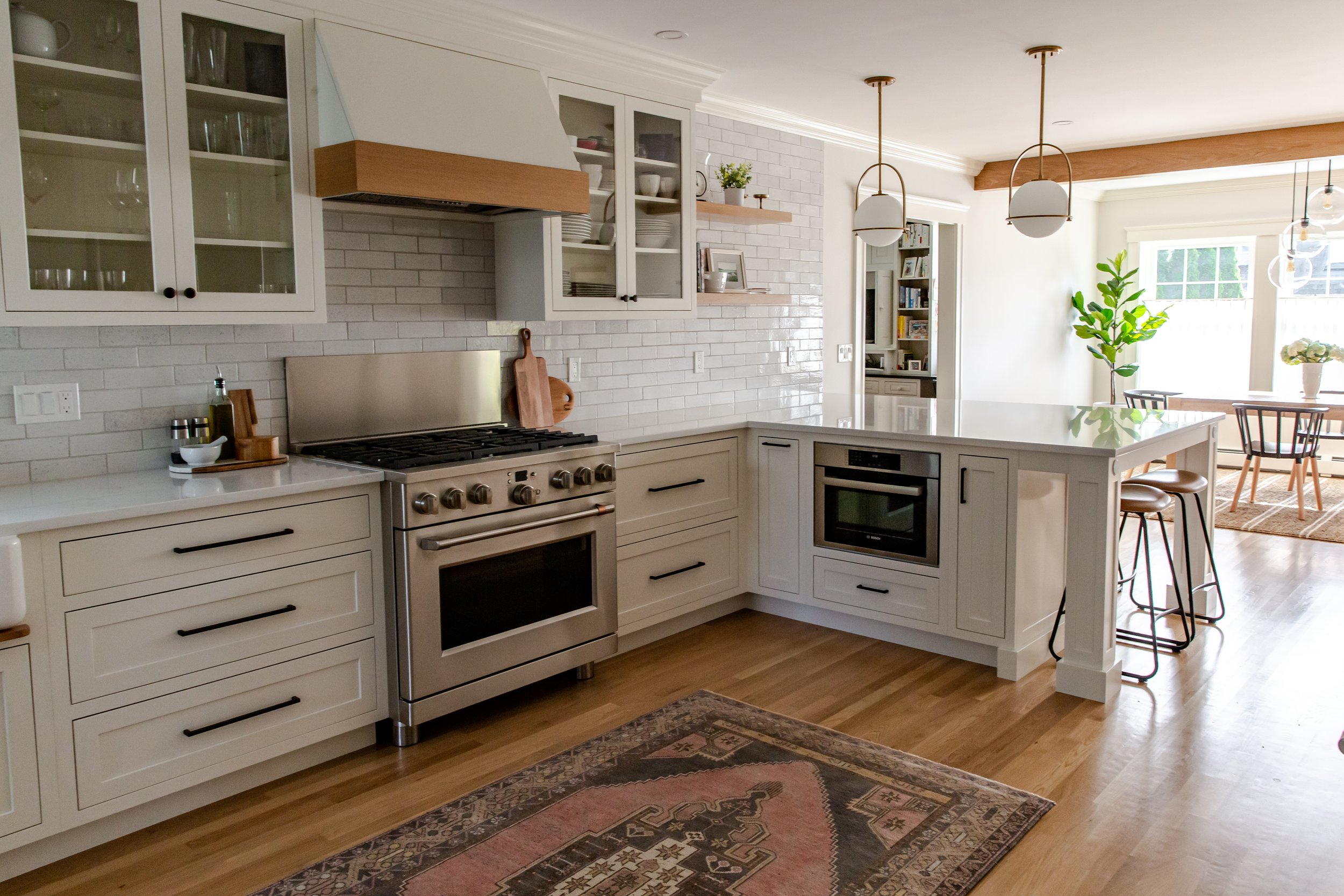A beautiful home is more than a collection of rooms — it’s a space where everything feels connected. The furniture you choose plays a crucial role in creating a home that’s not just functional, but also inviting and stylish.
But how do you make different pieces — your sofa, dining table, accent chairs, and storage units — work together without feeling mismatched or cluttered? The secret lies in creating cohesion while allowing for a touch of individuality.
Here’s how to design a harmonious home that reflects your personality:
1. Choose a Consistent Color Palette
The easiest way to make your home feel put-together is by selecting a cohesive color scheme. Whether it’s earthy neutrals, cool greys and blues, or warm natural tones, your furniture pieces should complement each other.
For example, a light beige sofa pairs beautifully with a wooden coffee table in a similar tone and woven chairs in a matching shade. A consistent color palette creates instant visual harmony.
2. Mix, Don’t Match
While cohesion is important, a little contrast keeps things interesting. Instead of buying identical furniture sets, mix different materials and textures:
- Wood with metal: A wooden dining table paired with sleek metal chairs.
- Leather with fabric: A leather armchair beside a soft upholstered sofa.
- Glass with natural elements: A glass coffee table atop a jute or wool rug.
This combination of styles and textures creates depth and character in your home.
3. Define Each Space with Furniture Layout
Your furniture arrangement can make or break your home’s flow. In open-plan spaces, use furniture to define areas:
- A sofa and rug can create a cozy living area.
- A sideboard or console table can act as a subtle divider between dining and living zones.
Thoughtful placement helps each area serve its purpose without disrupting the overall design.
4. Play with Scale and Proportion
Ever walked into a room where the furniture felt too big or too small? Proper scale is key.
- For small rooms: Choose multi-functional pieces like a storage ottoman or nesting tables.
- For larger spaces: Use statement furniture — like a big sectional sofa or a long dining table — to fill the area without making it feel empty.
Balanced proportions make your home feel comfortable and well-designed.
5. Add Layers with Accessories
Furniture sets the foundation, but accessories make the space yours. Add throw pillows, textured rugs, wall art, and lighting to enhance the ambiance.
Even small touches, like tabletop décor or a floor lamp, can transform a room from plain to polished.
6. Let Function Lead the Design
Style is important, but functionality keeps your space livable. Choose furniture that supports your lifestyle:
- A sturdy dining table for family gatherings.
- A comfortable sofa for long evenings with friends.
- Storage pieces like sideboards or shelving for decluttering.
When beauty meets practicality, your furniture not only looks great but also makes life easier.
Final Thoughts
Designing a cohesive home doesn’t mean everything has to match — it means every piece has a purpose and contributes to the bigger picture. With a thoughtful mix of color, texture, and layout, you can create a space that feels connected and welcoming.
Your home should reflect your story — every chair, table, and sofa working together to create a space you truly love.


